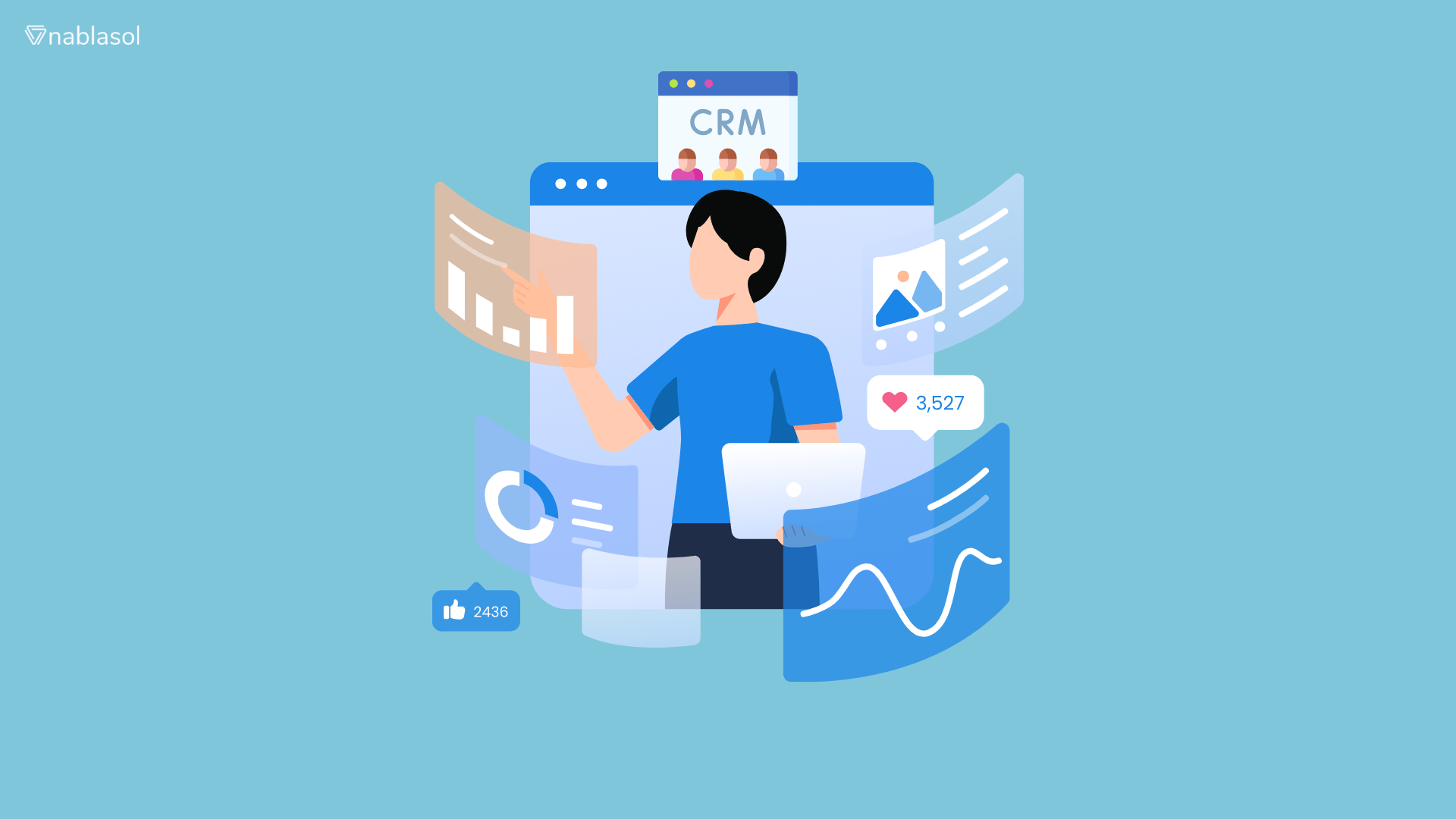Off-the-shelve solutions usually fall short of a company’s operating needs in today’s fast-paced and always-changing corporate climate. SugarCRM is a well-known customer relationship management tool that stands out for its flexibility and ability to be extended in many different ways. Customizing this customer relationship management system to fit specific processes can help companies achieve higher productivity, more excellent user experience, and better outcomes using corresponding processes.
We will discuss SugarCRM’s several customizing choices and how its extensibility tools enable businesses to tailor the platform to their requirements.
Why Customization and Extensibility Matter
No two companies within the same sector are precisely the same. Each firm’s processes, priorities, and customer engagement techniques are unique to that particular organization. A CRM system can be detrimental rather than beneficial, restricting an organization’s capacity to adapt and expand.
SugarCRM closes this difference by providing a flexible framework that allows:
- Customized User Interactions
- Customized Procedures
- Perfect Integrations using Third-Party Tools
These tools guarantee that companies may satisfy their present needs and develop their CRM to handle upcoming ones.
Getting Started with Customization
- Custom Modules
Using SugarCRM allows users to create customized modules that fit particular corporate operations. For example, a healthcare company may establish a module to record patient contacts, or a real estate company might design a module to handle property listings. These two are feasible implementations.
To build a custom module:
- See the administrative panel’s Module Builder navigation.
- Specify fields, relationships, and layouts.
- Install the module so it may be accessed.
Non-technical consumers will find this method understandable and free of advanced coding knowledge requirements.
Field-Level Customization
Incorporating custom fields is one of the most important aspects of making SugarCRM relevant to specific business processes. SugarCRM has various field types that can be utilized for multiple purposes, including dropdown menus, date pickers, and calculated fields.
Example:
For example, a sales team might need a “Deal Probability” field that determines the possibility of successfully closing a contract based on specific criteria established beforehand. Sugar Logic allows customers to generate dynamic formula-driven fields.
Layouts and Dashboards
A clean, organized layout can significantly enhance productivity. SugarCRM’s Studio tool allows admins to rearrange layouts, add new panels, and modify dashboards.
Here’s how you can enhance layouts:
- Remove unnecessary fields to declutter the interface.
- Group related information into collapsible panels.
- Add charts and graphs for quick insights on dashboards.
These changes ensure users interact only with the data they need, improving focus and efficiency.
Exploring SugarCRM’s Extensibility
Customization often goes hand in hand with integration. SugarCRM’s extensibility features make it a standout choice for businesses with complex ecosystems.
Using SugarCRM APIs
SugarCRM offers a robust REST API that facilitates integration with other systems. Developers can use it to automate data flow between SugarCRM and third-party applications.
Example Use Case:
A marketing team could connect SugarCRM with an email marketing platform to synchronize contact lists and track campaign performance.
Key API functionalities include:
- Fetching and updating records.
- Triggering workflows.
- Accessing metadata for modules and fields.
Logic Hooks
Logic hooks are a game-changer for automating tasks and extending SugarCRM’s functionality. These hooks allow developers to execute custom code during specific events, such as before saving a record or after a user logs in.
Common Applications:
- Automatically assigning leads based on territory.
- Validating data before submission.
- Notifying team members about critical updates.
To implement a logic hook, developers can:
- Define the hook in the logic_hooks.php file.
- Create a custom function to execute desired actions.
- Workflow Automation with SugarBPM
SugarBPM is a built-in tool designed to streamline processes. It enables admins to define workflows that automatically perform actions, such as sending notifications, updating fields, or escalating cases.
Example Workflow:
A support team might use SugarBPM to automatically escalate unresolved tickets after 48 hours, ensuring timely resolution.
Key benefits include:
- Enhanced operational efficiency.
- Reduced manual intervention.
- Improved consistency in task execution.
Benefits of a Tailored SugarCRM
Enhanced Productivity: By customizing the interface and automating routine tasks, users spend less time navigating the system and more time on strategic activities.
Better Data Accuracy: Custom validations and workflows ensure that data entered into the system is accurate and consistent, reducing errors.
Improved User Adoption: A CRM tailored to your team’s needs will likely gain user acceptance, ensuring successful implementation.
Future-Ready Scalability: As businesses grow, SugarCRM’s extensibility allows for seamless adaptation to new requirements without significant disruption.
Common Challenges and How to Overcome Them
Although extension and customizing have significant advantages, their proper application could be improved.
- First challenge: too specialized in customizing
Users may become overwhelmed by adding too many fields, modules, or workflows.
Focus on simplicity here. Frequent audits of your adaptations help to guarantee relevancy.
- Second challenge: insufficient technical knowledge
Complicated changes could be needed to understand coding.
Solution: Use SugarCRM’s comprehensive documentation and community resources or engage qualified developers.
- Third challenge: intricacies of integration
Integrating with legacy systems might demand time and work.
Use middleware technologies and the strong API of SugarCRM to enable more seamless interaction.
SugarCRM’s Future Trends in Customization and Extensibility
The possibilities for CRM systems change along with technology. Future SugarCRM will be shaped by following emerging trends, including:
- Predictive analytics and machine learning-driven customizations help improve user insights into artificial intelligence.
- Low-code platforms help non-developers to streamline their customizing process.
- Improved Mobile Experiences: Designed apps for CRM management while on the go.
These developments will enable companies to design more tailored and effective CRM systems.
Conclusion
Customization and extensibility are two aspects that make SugarCRM a versatile tool for enterprises in various industries. By customizing the platform to match precise requirements, enterprises may increase productivity, improve data accuracy, and future-proof their CRM investments.
Investing some time in learning about these features will pay off in the long run, regardless of whether you are just starting with SugarCRM or looking to make the most of its capabilities. If you can embrace its possibilities, SugarCRM can be transformed into a genuinely effective system for you.
SugarCRM demonstrates that a one-size-fits-all strategy is irrelevant because of its unmatched adaptability. By customizing and extending the platform, businesses can transform it into the appropriate tool for addressing their specific difficulties, which ensures their success in a constantly evolving world.



